That Yunnan is a wonderful place is no secret. Also, the UNESCO found that out long ago and included 5 special places on its famous World Heritage List.These are the actual Wonders of Yunnan:
1. Old Town of Lijiang - World Cultural Heritage Site since 1997
Yunnan's first UNESCO rated area is the Old Town of Lijiang. The town has a history tracing back more than 1,000 years and was once a confluence for trade along the Old Tea Horse Road. The Dayan Old town is famous for its orderly system of waterways with bridges and the timber and mud brick housing style which is being kept alive by its inhabitants, the Naxi people. Lijiang's culture combines traditional Naxi culture and elements learned from Ming dynasty Han Chinese traders who settled in the region centuries ago.
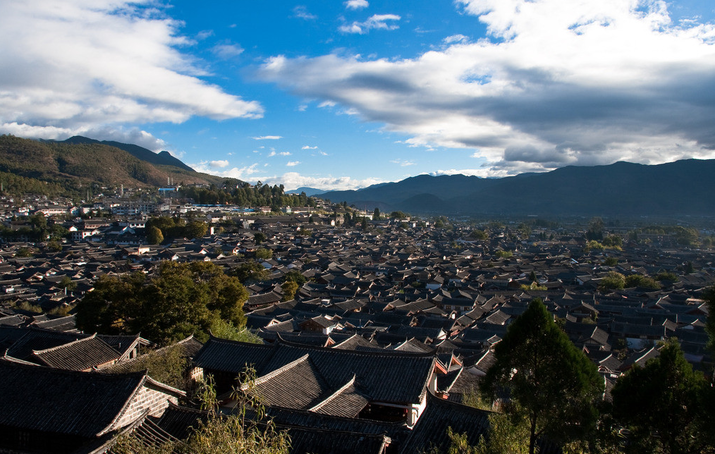
2. Three Parallel Rivers of Yunnan Protected Areas - Natural World Heritage Site since 2003
The Three Parallel Rivers in Yunnan's northwest lies within the drainage basins of the upper reaches of the Yangtze (Jinsha), Lancang (Mekong) and Nujiang (Salween) rivers, in the Yunnanese section of the Hengduan Mountains. While Lijiang's Old Town was rated for its cultural heritge, the three rivers are Yunnan's first natural World Heritage Site even though its demographic composition also is very interesting: it contains most of the twenty-five minorities found in Yunnan Province including the Derung, the fewest of all of China's minority groups. Some of the other minorities found in this region are the Tibetan, the Nu, Lisu, Bai, Pumi and Naxi people. Many of these minorities still wear traditional costumes as their normal daily clothes.
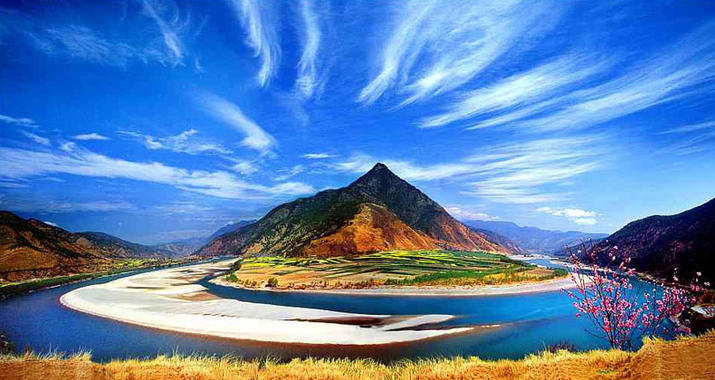
3. South China Karst & Stone Forest - Natural World Heritage Site since 2007
Four years later, the UNESCO added the South China Karst landscape onto its list of Natural World Heritages. While the karst landscape of over 176,000 hectares forms a cluster of several sites spread over the provinces of Guizhou, Guangxi, Yunnan and Chongqing, the Stone Forest (Chinese: 石林 / Shilin) as the geologically oldest part is "considered superlative natural phenomena and a world reference".
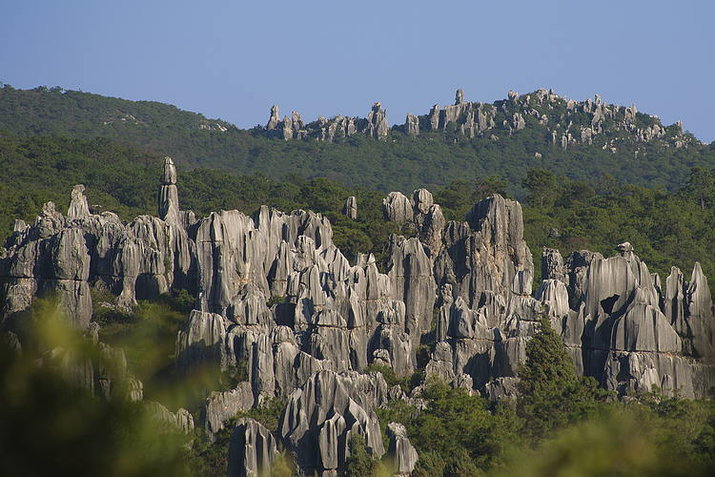
4. Chengjiang Fossil Site / Maotianshan - Natural World Heritage Site since 2012
The Chengjiang Fossil Site at Maotianshan Hill (some 80 km southeast of Kunming City) is known for the well-preserved fossilized organisms and traces. The most famous group of organisms is referred to Chengjiang biota for the multiple scattered fossil sites in Chengjiang. The age of the site is estimated about 515 million years - a period towards the end of the early Cambrian epoch. Not an archaeologist? Me neither - check out close Fuxian Lake, one of China's deepest lakes with crystal clear water, sunshine and beaches!
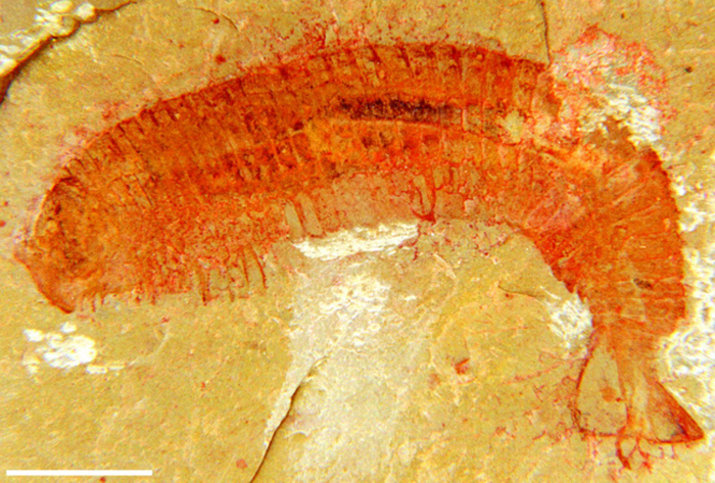
5. Cultural Landscape of Honghe Hani Rice Terraces / Yuanyang - Cultural World Heritage Site since 2013
The newest and most spectacular World Heritage Site of Yunnan: The Yuanyang Rice Terraces. It is well known for its amazing rice terraces. It now forms the 45th World Heritage Site in China. Yuanyang County lies at an altitude ranging from 140 meters along the Red River up to nearly 3000 meters above sea level in the Ailao mountains - temperatures vary respectively. Visitors are fascinated especially by the sunrises and sunsets during winter months: from about November to February the rice fields are filled with water and resemble millions of natural mirrors surrounded by high mountains.
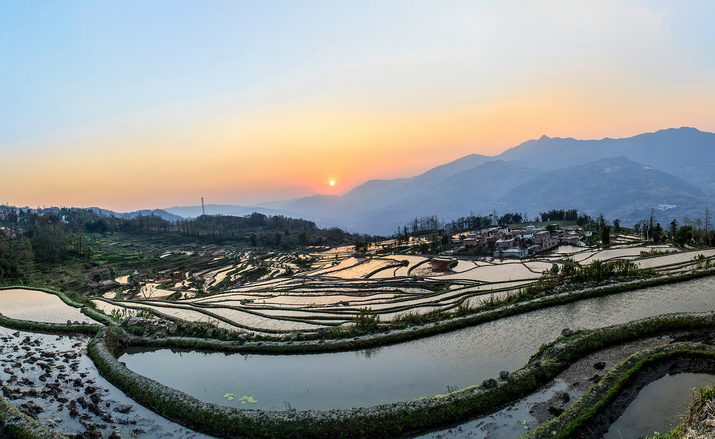
For more reading on China's World Heritage site, please click here.
- 1683 reads
- Like this







